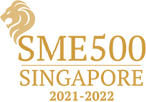
1. National Gallery Singapore
The National Gallery Singapore houses the world’s largest public collection of Singapore and Southeast Asian modern art, with over 8,000 works spanning the 19th century to present day. Located in two national monuments—the former Supreme Court and City Hall—this iconic institution offers an immersive journey through the region’s artistic development.
The gallery regularly hosts collaborative exhibitions with renowned institutions like Tate Britain, Centre Pompidou, and Musée d’Orsay. When I visited, I was particularly struck by the thoughtful way the museum presents historically significant art from Southeast Asia alongside internationally acclaimed artists.
Don’t miss: The UOB Southeast Asia Gallery, which traces the region’s artistic movements and the Rotunda Library & Archive, a beautiful circular space perfect for contemplation.
Useful tip: Allocate at least 3-4 hours to properly explore the galleries, and check their website for special exhibitions before your visit.
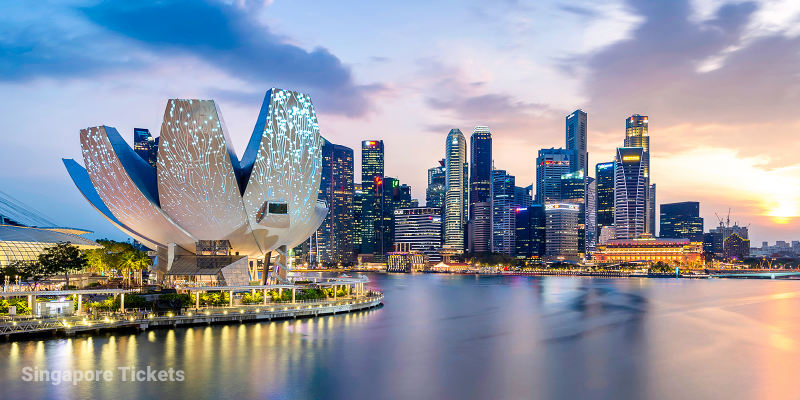
2. ArtScience Museum
For those fascinated by the intersection of art, science, and technology, the ArtScience Museum is a must-visit. The building itself is an architectural marvel—designed by renowned architect Moshe Safdie, its lotus-inspired structure has been nicknamed “The Welcoming Hand of Singapore.”
Since opening in 2011, the museum has hosted large-scale exhibitions by some of the world’s most celebrated artists, including Leonardo da Vinci, Salvador Dalí, Andy Warhol, Vincent Van Gogh, and M.C. Escher. The museum also explores fascinating scientific concepts through art, covering topics like big data, particle physics, and space exploration.
Don’t miss: “Future World: Where Art Meets Science,” a permanent exhibition created in collaboration with teamLab. This immersive digital experience transforms with your interaction, creating magical, ever-changing environments that blend art and technology.
Useful tip: The museum’s roof collects rainwater that cascades through the central atrium, creating a 35-meter water drop into a small pool—a beautiful example of sustainable design you can observe during your visit.
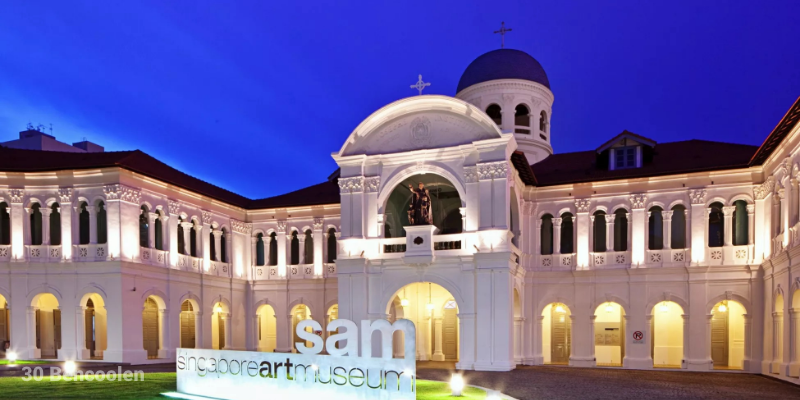
3. Singapore Art Museum (SAM)
The Singapore Art Museum has reinvented itself in recent years, moving to a new home in Tanjong Pagar Distripark. As one of Singapore’s best contemporary art museums, SAM showcases cutting-edge works with a focus on Southeast Asian artists and perspectives.
The museum is known for organizing the Singapore Biennale, a major international contemporary art exhibition held every two years. SAM’s industrial architecture and harbor-side location provide ample space for artists to create large-scale installations and immersive environments.
Don’t miss: The museum’s public art trails in the Tanjong Pagar neighborhood and Rail Corridor, which extend the art experience beyond the museum walls.
Useful tip: Check their calendar for artist talks and workshops, which offer deeper insights into the exhibitions and creative processes.

4. Gillman Barracks
Once a British military base, Gillman Barracks has been transformed into one of Singapore’s most important art precincts. This leafy enclave, located about 10 kilometers west of downtown Singapore, houses internationally acclaimed galleries including Yavuz Gallery, The Columns Gallery, Yeo Workshop, and ShanghART Singapore.
Each gallery has its own focus and character, from emerging Southeast Asian talents to established international names. The peaceful, green setting makes for a pleasant art-viewing experience away from the city’s hustle and bustle.
Don’t miss: Art After Dark events, when the entire precinct comes alive with exhibition openings, performances, and food pop-ups—a great way to experience the vibrant energy of Singapore’s art community.
Useful tip: Gillman Barracks is a bit removed from the main tourist areas, so plan your transportation in advance. The precinct is closed on Mondays, and many galleries are appointment-only on certain weekdays.
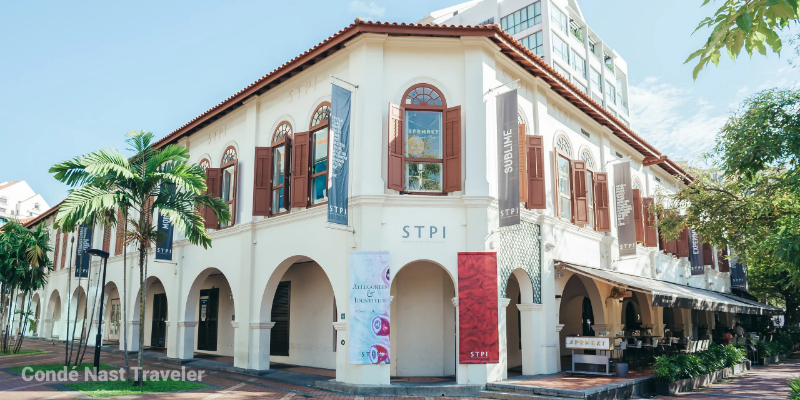
5. STPI – Creative Workshop & Gallery
STPI (formerly known as Singapore Tyler Print Institute) is a unique space dedicated to exploring the artistic possibilities of print and paper. Established in 2002, this dynamic institution combines a gallery showcasing innovative works with a creative workshop where artists can experiment with techniques ranging from traditional printmaking to paper-making.
What makes STPI special is its focus on collaboration and process—artists from around the world participate in residencies here to create new work using print and paper techniques, often pushing the boundaries of these mediums in surprising ways.
Don’t miss: The opportunity to peek into the workshop area to see artists and technicians at work—it offers fascinating insights into creative processes that are rarely visible to the public.
Useful tip: STPI’s works have been acquired by major institutions including MoMA in New York, and many pieces are for sale—if you’re a collector, this is a great place to discover fresh artistic talents.
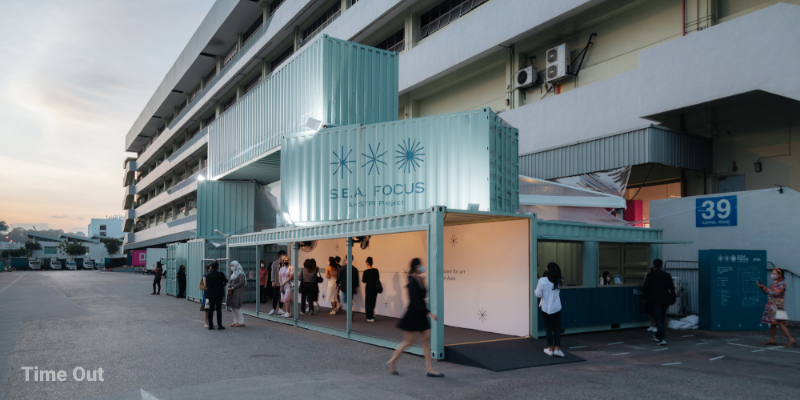
6. Tanjong Pagar Distripark
This industrial complex has emerged as one of Singapore’s most exciting art hubs in recent years. Beyond housing the Singapore Art Museum’s new location, Tanjong Pagar Distripark is home to numerous galleries and creative spaces that take advantage of its warehouse-like architecture.
The harbor-side location reinforces Singapore’s identity as a global port city, while the industrial spaces allow artists to work at scales that would be impossible in traditional gallery settings. The concentration of art spaces here makes it easy to experience a wide variety of exhibitions in a single visit.
Don’t miss: Appetite, a unique concept that blends a casual gallery space with a vinyl music lounge and an experimental R&D kitchen—a true feast for all senses.
Useful tip: Most galleries here are closed on Mondays, so plan your visit accordingly. The distripark can get warm during the day, so dress comfortably.
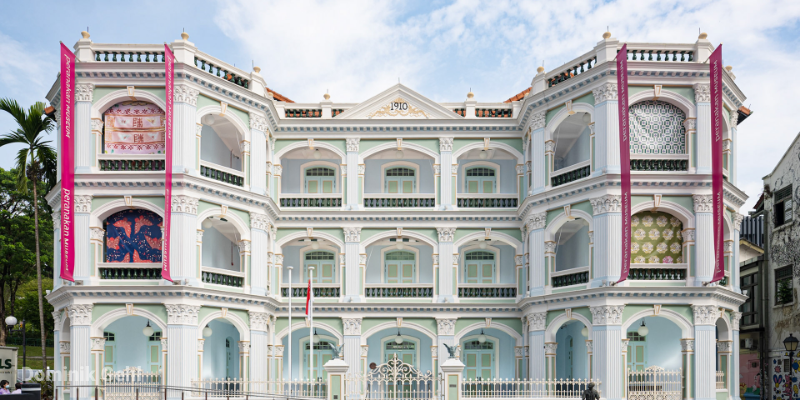
7. The Peranakan Museum
After a major renovation, the Peranakan Museum offers an expansive look into the unique culture of the Peranakans—descendants of early Chinese immigrants who settled in the Malay Archipelago and developed a distinctive blend of Chinese and Malay traditions.
While not exclusively an art museum, the Peranakan Museum houses one of the world’s most comprehensive collections of Peranakan visual arts and material culture, including intricate beadwork, embroidery, porcelain, and furniture. These objects showcase the extraordinary craftsmanship and aesthetic sensibilities of Peranakan artists.
Don’t miss: The stunning collection of wedding costumes and jewelry, which represent some of the finest examples of Peranakan beadwork and embroidery.
Useful tip: The museum offers excellent guided tours that provide cultural context and stories behind the displays, greatly enhancing your appreciation of the collection.

8. FOST Gallery
FOST Gallery is one of Singapore’s leading spaces focused on local artists, nurturing the careers of many significant Singaporean creators. Located in Gillman Barracks, this intimate gallery showcases thoughtfully curated exhibitions that often push conceptual boundaries while remaining accessible to diverse audiences.
What makes FOST special is its emphasis on giving artists freedom to explore and experiment, resulting in exhibitions that feel fresh and provocative. The gallery represents several important Singapore-based artists and provides a platform for their evolving practices.
Don’t miss: The gallery’s publication program, which produces beautiful artist books and exhibition catalogs that extend the experience beyond the visit.
Useful tip: The gallery staff are exceptionally knowledgeable and approachable—don’t hesitate to ask questions about the works on display.
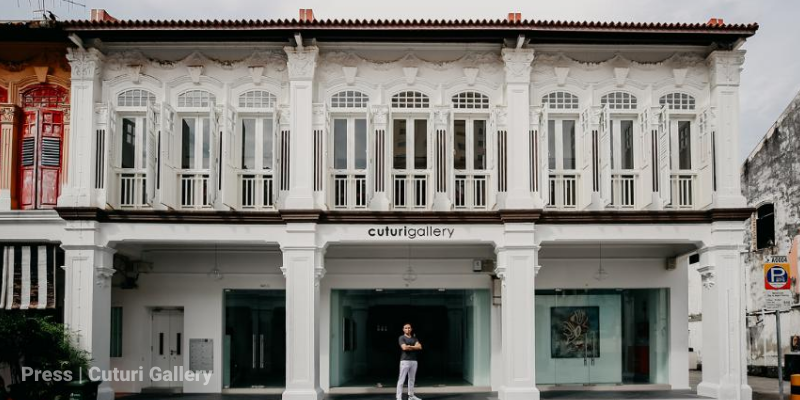
9. Cuturi Gallery
For glimpses of Singapore’s emerging art scene, Cuturi Gallery is the perfect destination. This forward-thinking space spotlights the next generation of artists, offering visitors a peek into the future of Singapore’s artistic landscape.
The gallery is particularly focused on making art collecting more accessible through its c/discover program, which features works by promising young artists at more affordable price points. This approach has made Cuturi a favorite among new collectors and those interested in supporting rising talents.
Don’t miss: Their window displays, which often feature bold, eye-catching works visible from the street.
Useful tip: The gallery frequently hosts artist talks and opening receptions—check their social media for upcoming events that might coincide with your visit.
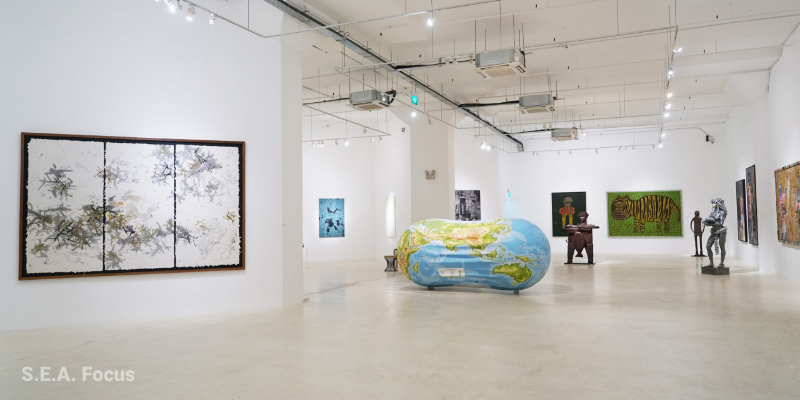
10. Gajah Gallery
Gajah Gallery has championed Southeast Asian art for nearly three decades, representing prominent regional artists and developing innovative approaches to art-making. What sets Gajah apart is its foundry in Yogyakarta, Indonesia, called Yogya Art Lab, where artists can experiment with diverse materials and techniques.
The gallery’s exhibitions often highlight the rich cultural heritage and contemporary concerns of Southeast Asia, creating a bridge between traditional practices and modern expression. Their long-standing presence in the region has given them deep insights into its artistic movements and cultural contexts.
Don’t miss: Works by female Indonesian artists like I Gusti Ayu Kadek Murniasih, whose bold, vibrant paintings challenge social conventions and explore personal identity.
Useful tip: The gallery staff can provide valuable context about Southeast Asian art history and the specific cultural references in the works on display.
Making the Most of Your Art Adventure in Singapore
Singapore’s art scene is constantly evolving, with new exhibitions opening frequently. Here are a few tips to enhance your art-focused visit:
- Timing: Consider visiting during Singapore Art Week in January, when the city hosts numerous special exhibitions, art fairs, and events.
- Transportation: Singapore’s excellent public transport system makes it easy to navigate between art destinations. The MRT (Mass Rapid Transit) and bus networks are extensive, reliable, and connect to most major attractions.
- Weather preparation: Singapore’s tropical climate means indoor, air-conditioned museums offer welcome respite from the heat. Carry water and an umbrella for outdoor art ventures.
- Beyond the top 10: Don’t miss independent art spaces like The Private Museum, which showcases privately owned artwork in a heritage bungalow setting.
Conclusion
Singapore’s transformation into a vibrant arts center offers art lovers an extraordinary range of experiences—from world-class museum collections to cutting-edge contemporary galleries and everything in between. Each space contributes something unique to the city’s cultural landscape, reflecting both its multicultural heritage and its forward-looking vision.
Whether you’re drawn to the grand institutions like National Gallery Singapore and ArtScience Museum, or prefer discovering emerging talents in smaller galleries, Singapore’s art scene rewards exploration and promises memorable encounters with works that challenge, delight, and inspire. As you plan your itinerary, allow time to fully immerse yourself in these creative spaces—you’ll come away with a deeper appreciation of both art and the dynamic city that nurtures it.
Book Your Chauffeur Service Today
Immersing yourself in Singapore’s rich art scene is made even more enjoyable with a smooth chauffeur service or limousine transfer, providing door-to-door comfort as you move effortlessly between galleries and cultural landmarks. Whether it’s using a Chauffeur Service for touring Singapore’s attractions or traveling from your hotel to Singapore Changi Airport, the benefits are evident: personalized attention, freedom from traffic worries, and the chance to fully focus on the art around you.
By arranging your transfer in advance—whether for city exploration or your airport departure with an Airport Transfer Service—you’ll enjoy a genuinely hassle-free journey that complements the inspiration you find in Singapore’s creative spaces.




















